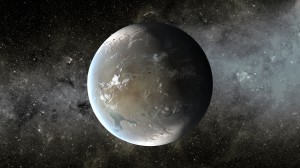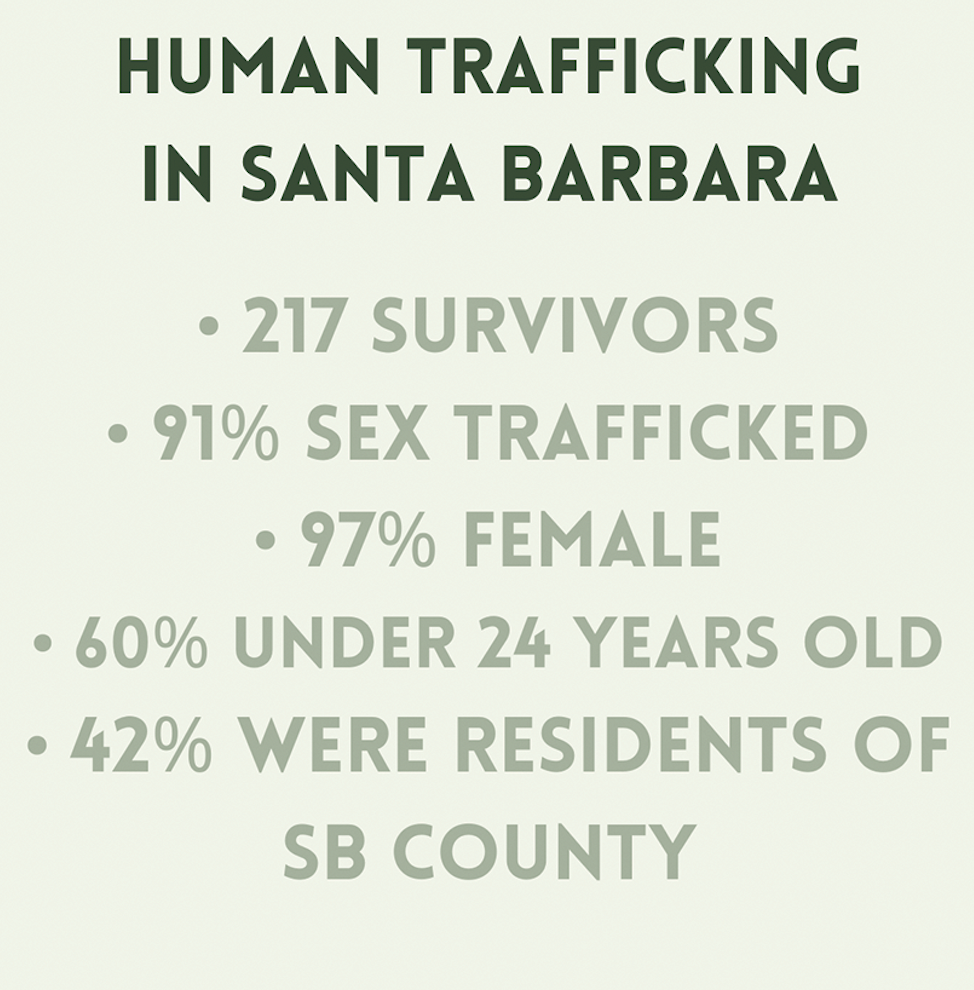 Recent calculations done by astronomers using NASA data have revealed that the Milky Way contains about 8.8 billion planets the same size as Earth.
Recent calculations done by astronomers using NASA data have revealed that the Milky Way contains about 8.8 billion planets the same size as Earth.
What’s more, these planets orbit their parent stars in the habitable temperature zone, the distance at which water can be liquid.
With what this study’s co-author Geoff Marcy calls “8a.8 billion throws of the biological dice” existing in our Milky Way galaxy alone, this could mean advancement toward discovering water in space – or even life.
Only one problem: NASA has yet to formulate a spacecraft that can explore the farthest reaches of the Milky Way, an expanse so vast it would take 100,000 years to cross.
Even getting a clear view of these planets proves to be difficult – further exploration requires a deep-space telescope with more power than NASA’s Kepler telescope, which was used to view a portion of the Milky Way during the study.
Of the 300 billion stars in the Milky Way, astronomers Geoff Marcy, Erik Petigura, and Andrew Howard were able to see 42,000.
About 20 percent of these stars were the same size, color and age as the sun and had earth-sized planets orbiting in their habitable temperature zones.
Though the scientists saw 603 of these planets in the Milky Way, there are hundreds of planets missed for every one found.
By scaling this data proportionately to the size of the entire Milky Way and adding this percentage of error, the scientists were able to calculate an estimate of 8.8 billion possibly habitable planets.
When asked about these recent discoveries in space, Astronomy and Physics instructor Mr. Peter Angeloff said, “I and all the children of the sixties yearned to be astronauts and travel ‘where no man has gone before’!”
The discovery of extra-solar planets increases the probability that life exists elsewhere in our galaxy to a near certainty. The vast distances between stars in our galaxy and the universe itself makes contact with this life improbable.
NASA’s Voyager probe, which has covered over 6.4 billion miles and recently entered interstellar space, is the farthest-traveling spacecraft ever launched.
Because the nearest of these newly discovered planets is over 7 trillion miles away, the chances of reaching it using today’s technology are slim.
However, an array of 10 ultra-powerful telescopes is currently being assembled and tested in New Mexico.
When in use, these telescopes would provide NASA scientists a view of deep space 100 times the resolution of the Hubble telescope – or even a view of the atmospheres of the planets located in the Milky Way.
Though we cannot yet travel into this realm of outer space, viewing the planets through a telescope will enable astronomers to recognize signs of water on these potentially life-supporting planets.










